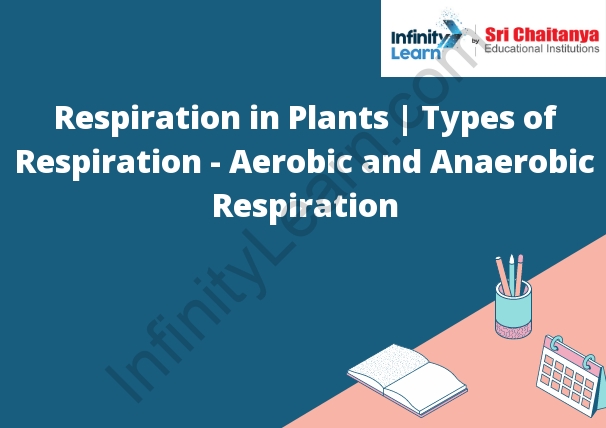Table of Contents
Types of Respiration – Aerobic and Anaerobic Respiration
Aerobic respiration is the process that cells use to break down glucose and oxygen to release energy. The process of aerobic respiration occurs in the mitochondria of the cells and is a very efficient way to produce energy. The mitochondria uses oxygen to break down glucose and release energy. This process produces water and carbon dioxide as byproducts.
Anaerobic respiration is the process that cells use to break down glucose without oxygen. The process of anaerobic respiration occurs in the cytoplasm of the cells and is not as efficient as aerobic respiration. The cytoplasm uses glucose to break down and release energy. This process produces lactic acid and ethanol as byproducts.

What is Plant Respiration?
Plant respiration is the process of plants using oxygen to convert the energy in glucose into ATP. This energy is used to power the plants’ growth and other activities.
Do Plants Breathe?
Plants breathe in a process called photosynthesis. In photosynthesis, they use sunlight to turn carbon dioxide and water into glucose and oxygen. The glucose is used for energy and the oxygen is released into the air.
Role of Air Temperature in Weather
The role of air temperature in weather is to control the rate of heating and cooling of the Earth’s surface. The temperature of the air affects the rate of convection, which is the transfer of heat from the Earth’s surface to the atmosphere. The temperature of the air also affects the rate of radiation, which is the transfer of heat from the Earth’s surface to space.
Respiration in Roots
The main function of the root system is to anchor the plant and absorb water and minerals from the soil. The root also respires in order to provide energy for the plant. The root system is composed of two main types of tissues: the cortex and the vascular cylinder. The cortex is the outer layer of the root and is composed of thin-walled cells that are responsible for water and mineral absorption. The vascular cylinder is the inner layer of the root and is composed of xylem and phloem tissue. The xylem tissue transports water and minerals from the soil to the rest of the plant, and the phloem tissue transports food from the leaves to the rest of the plant. The root also has a root cap that covers the tip of the root and protects it from damage.
Respiration in Stems
The process of respiration in stems is similar to respiration in other plant parts, such as the leaves. During respiration, the plant uses oxygen to convert glucose and other nutrients into energy. This energy is used to power the plant’s growth and activities.
Respiration in Leaves
Leaves are the primary organs of photosynthesis in plants. The leaves of a plant are green because they contain chloroplasts, which are organelles in the plant cell that are specialized in photosynthesis. The leaves are thin and flat so that they can get as much sunlight as possible. The leaves are also arranged on the plant so that they can get the most sunlight.
The leaves of a plant are constantly respiring, even when the plant is not photosynthesizing. The leaves respire because they need oxygen to break down the food that they produce during photosynthesis. The leaves also produce carbon dioxide as a by-product of respiration.
Types of Respiration
There are three types of respiration: aerobic, anaerobic, and fermentation.
Aerobic respiration is the most efficient type of respiration and uses oxygen to break down glucose to release energy. Anaerobic respiration does not use oxygen and is not as efficient as aerobic respiration. Fermentation does not use oxygen, is not as efficient as aerobic respiration, and only produces a small amount of energy.
Aerobic Respiration
Aerobic respiration is a process that uses oxygen to break down glucose and other food molecules to release energy. Aerobic respiration is the most efficient way to produce energy and is the process that cells in your body use to produce energy.







